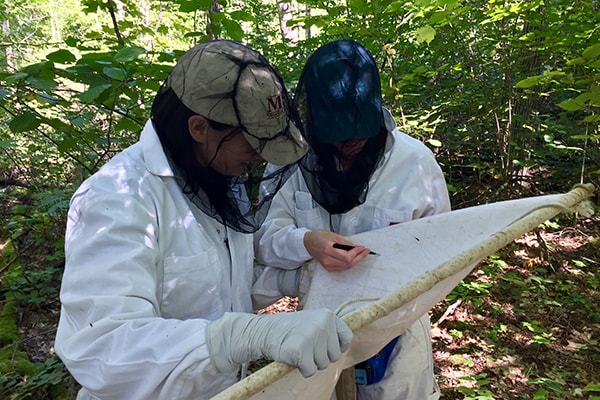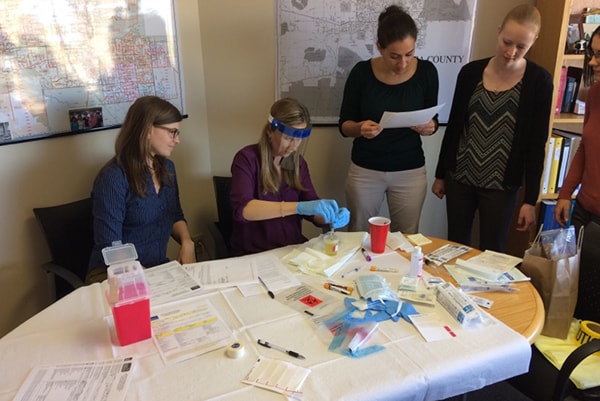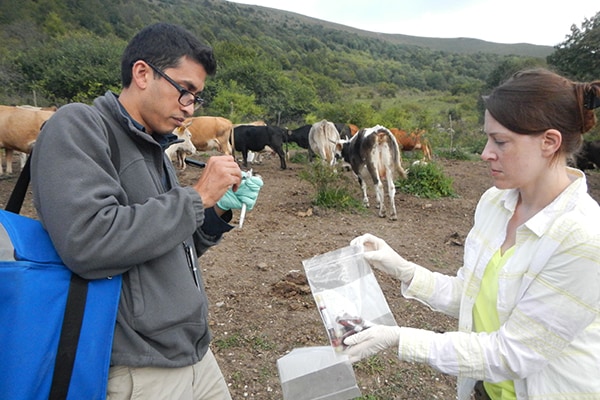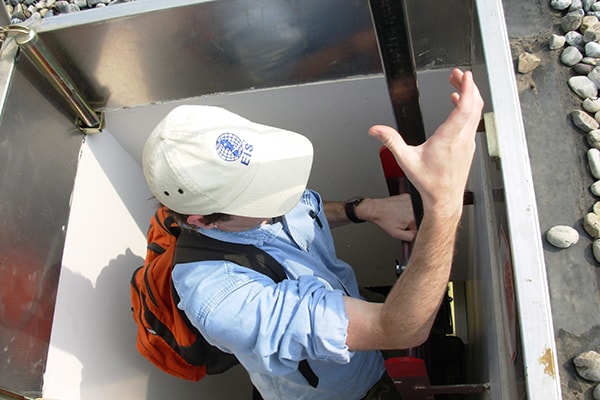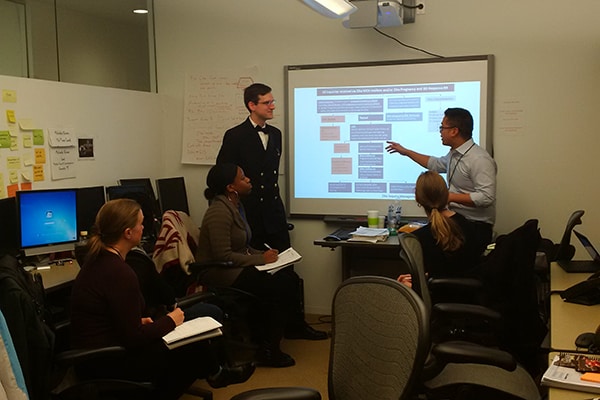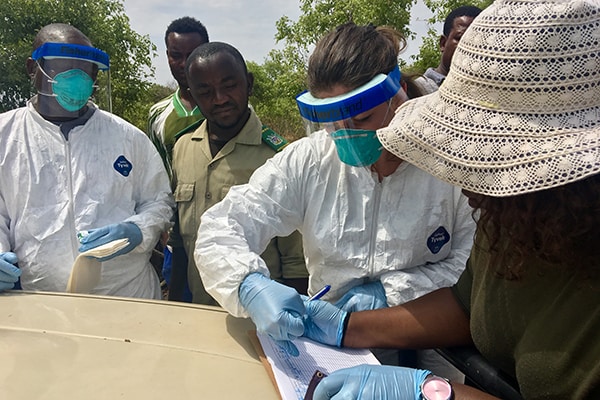How We Serve
EIS officers protect the public’s health by serving CDC, other public health agencies and partners.
While working in their assignments and deployments, they perform the following Core Activities of Learning:
- Conduct or participate in field investigations
- Design, conduct, and interpret epidemiological analyses
- Evaluate public health surveillance systems
- Give public health talks about their work
- Give oral presentations to scientific audiences
- Write scientific manuscripts for peer-reviewed journals
- Write concise public health updates communicating timely information
- Write abstracts
- Communicate complex scientific concepts to lay audiences
Approximately 97% of recent EIS graduates continue in public health-related positions.
Service Highlights
EIS officers have responded to many major health threats since 1951, including
- Investigating biological warfare during the Korean war
- Participating in the worldwide Smallpox Eradication Program in the 1960s and 1970s
- Discovering the microbes that cause Legionnaires’ disease, Lassa fever, and HIV/AIDS
- Investigating and responding to outbreaks and incidents related to Anthrax, SARS, and flu subtypes H1N1 and H5N1
- Providing disaster relief following Hurricanes Harvey, Irma, Maria, and Katrina, and 9/11
- Providing on-the-ground support for Ebola, Zika, COVID-19, and mpox responses
- 2022 EIS Annual Update Report [4 MB, 6 Pages]
- CDC Current Outbreak List: types of investigations that involve EIS officers
